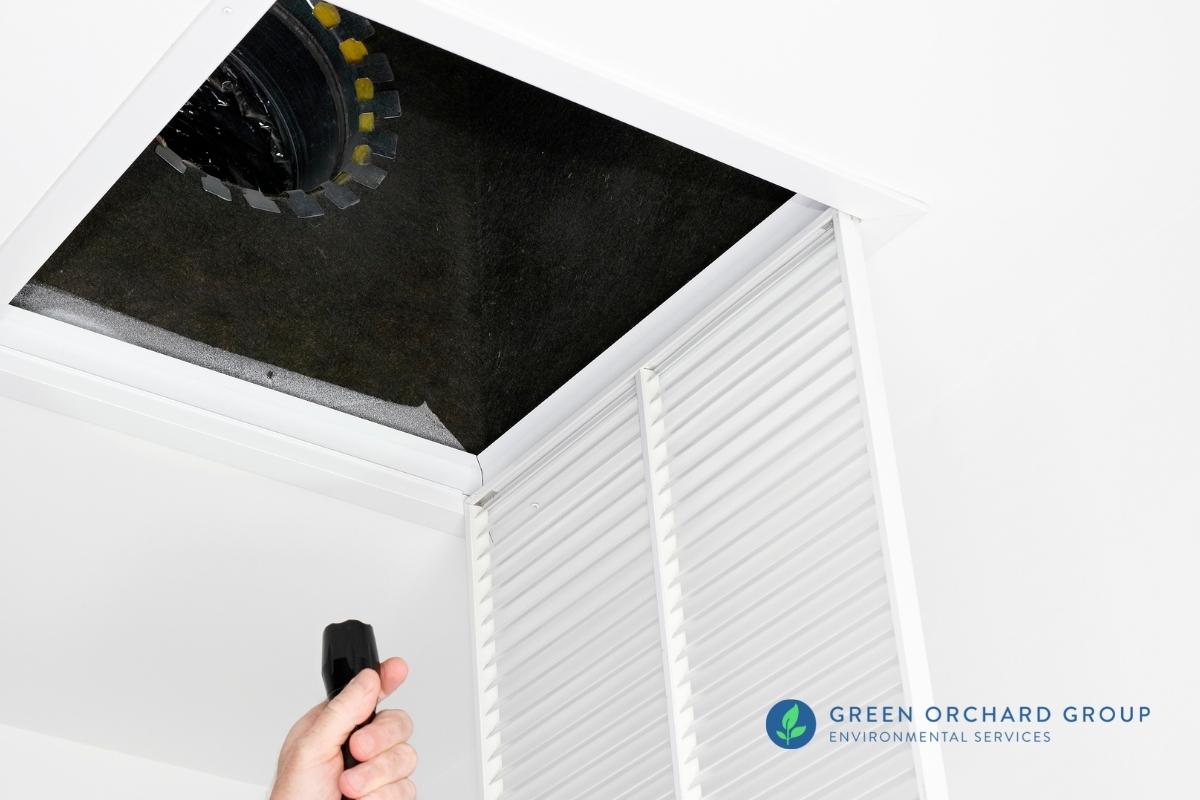Your Ultimate Guide to Blog Post Mold And Mildew Removal Strategies
In the aftermath of mold problem, understanding how to effectively remove the mold and avoid its reoccurrence is extremely important for preserving a healthy interior setting. From choosing the right cleansing and disinfecting techniques to implementing methods for long-lasting mold and mildew prevention, each action in the remediation trip plays a vital duty in guaranteeing an effective result.
Recognizing Post-Mold Remediation Process
After completing the mold and mildew removal process, it is critical to understand the post-mold removal methods that are essential to guarantee a reliable and extensive cleanup. Once the mold has been gotten rid of, the following step includes cleaning and sanitizing the impacted areas to protect against any type of regrowth of mold.
Furthermore, carrying out a last assessment post-remediation is crucial to make certain that all mold and mildew has been successfully eradicated. If the inspection exposes any kind of sticking around mold and mildew, extra remediation might be required.
Effective Cleaning Up and Disinfecting Approaches

Avoiding Future Mold Growth

Importance of Correct Ventilation
Appropriate air flow plays a vital duty in avoiding moisture build-up, a vital consider mold and mildew development within interior settings. Efficient ventilation systems aid get rid of excess moisture from the air, minimizing the opportunities of mold spores finding the moisture they need to sprout and spread. Without appropriate air flow, indoor rooms can end up being a breeding place for mold and mildew, resulting in potential health and wellness dangers and architectural damage.
By making sure appropriate air circulation, ventilation systems can additionally assist in drying out damp locations faster after water damages or flooding cases, additionally discouraging mold and mildew growth. Post Mold remediation cleaning. Precede like bathrooms, kitchens, attics, and cellars where dampness levels have a tendency to be greater, mounting and preserving efficient air flow systems is essential in preventing mold problems

Monitoring and Maintenance Tips
Offered the essential duty that appropriate ventilation plays in stopping mold and mildew development, it is important to establish effective tracking and maintenance suggestions to ensure the continued performance of see this here air flow systems. Tracking moisture degrees within the residential property is also essential, as high humidity can add to mold and mildew development. By staying mindful and aggressive to the condition of ventilation systems, residential property owners can properly mitigate the risk of mold regrowth and preserve a healthy interior environment.
Conclusion
In verdict, post-mold remediation methods are crucial for ensuring a clean and safe environment. Recognizing the procedure, executing reliable cleaning and sanitizing methods, preventing future mold growth, maintaining correct ventilation, and normal surveillance are all critical actions in the remediation process. By complying with these standards, you can successfully get rid of mold and avoid its return, advertising a healthy and balanced living or working room for all occupants.
In the after-effects of mold invasion, knowing exactly how to successfully eliminate the mold and mildew and stop its reoccurrence is vital for keeping a healthy these details interior atmosphere. When the mold has been gotten rid of, the next step includes cleansing and sanitizing the influenced locations to avoid any kind of regrowth of mold - what to do after mold remediation. After removing noticeable mold growth, it is crucial to clean up all surfaces in the damaged area to remove any staying mold spores. To better boost mold prevention actions, it is crucial to deal with underlying issues that originally led to mold development.Provided the critical duty that correct air flow plays in protecting against mold and mildew growth, it is necessary to establish efficient surveillance and maintenance tips to guarantee the ongoing functionality of ventilation systems
Comments on “Guidance on What to Do After Mold Remediation”